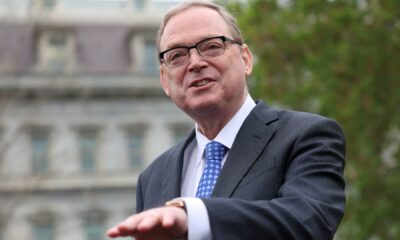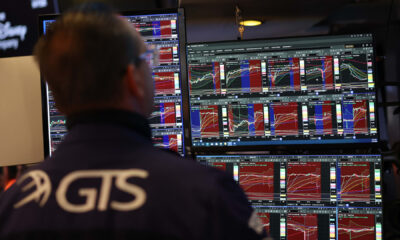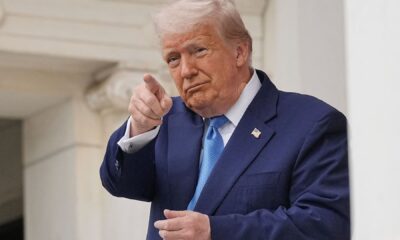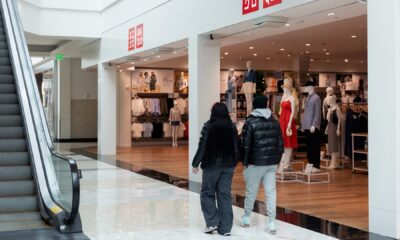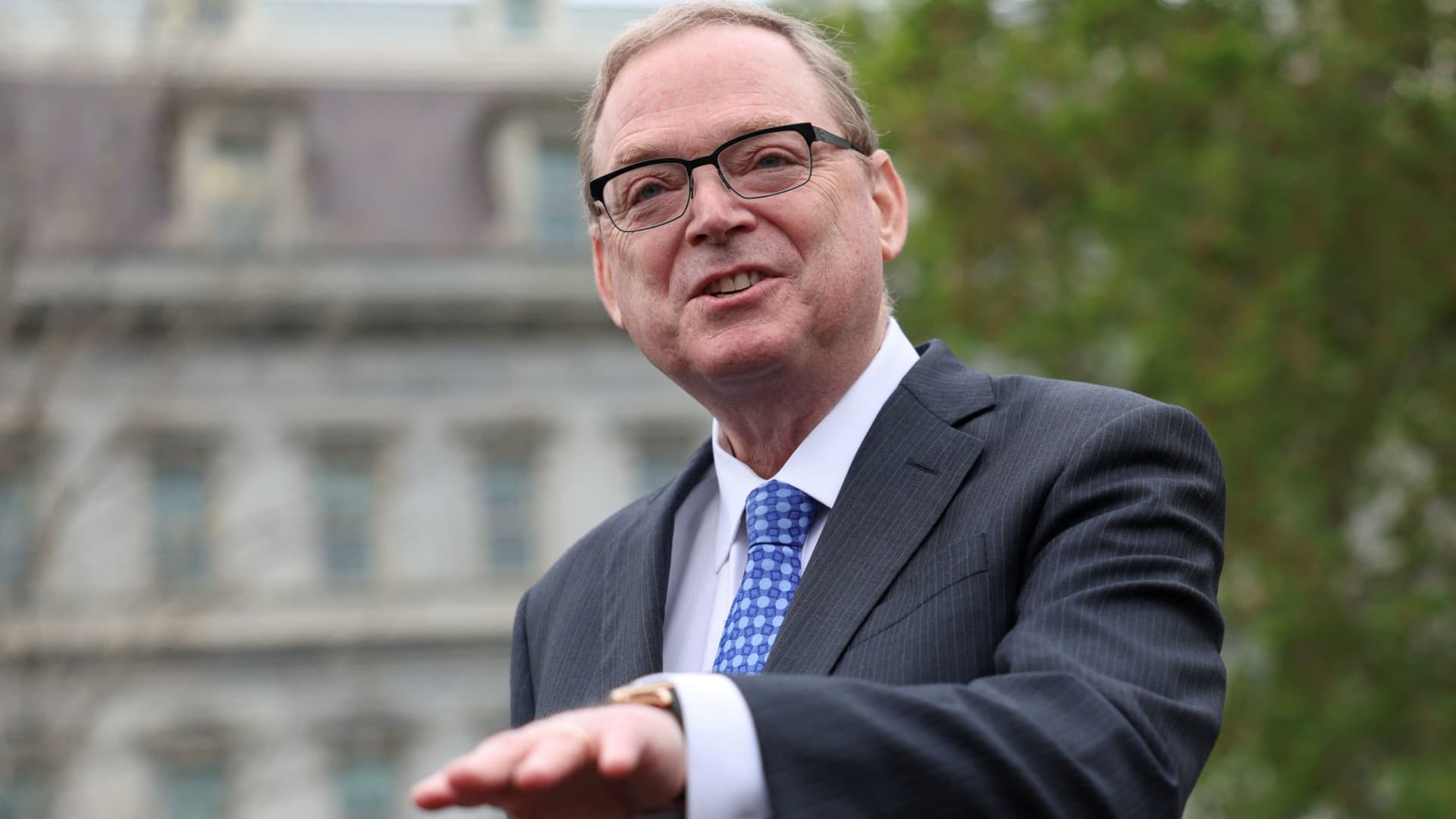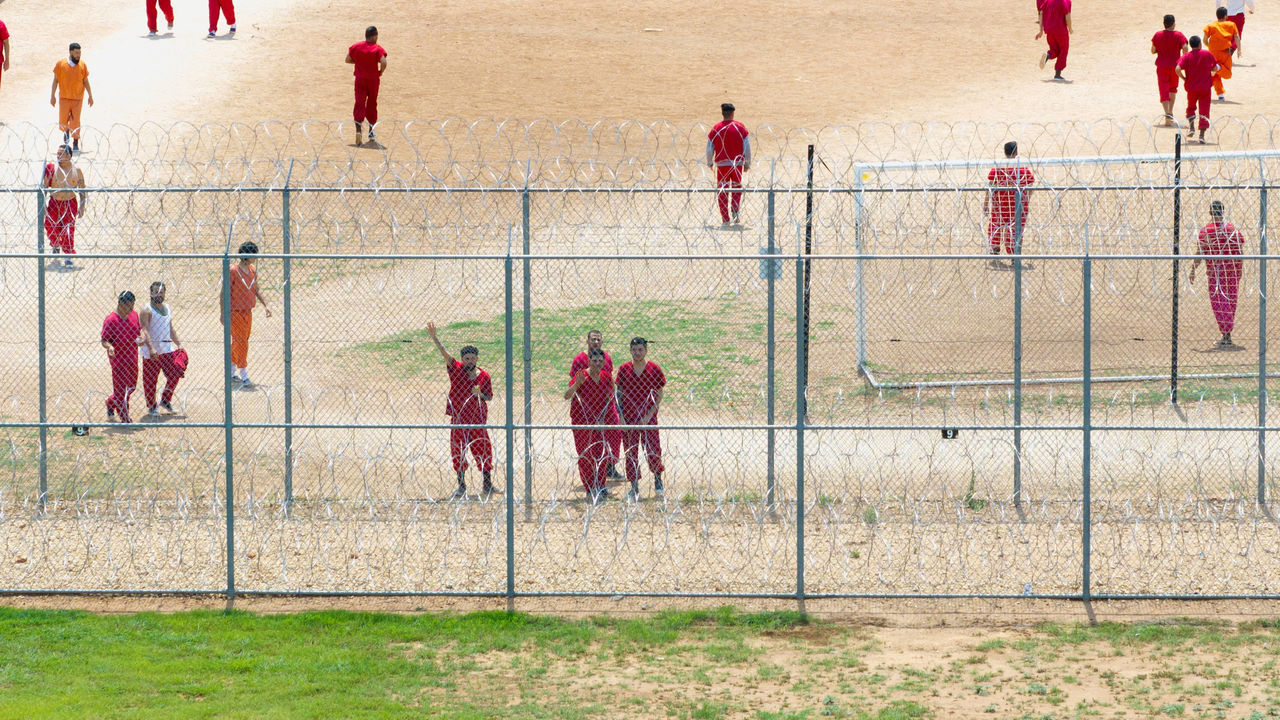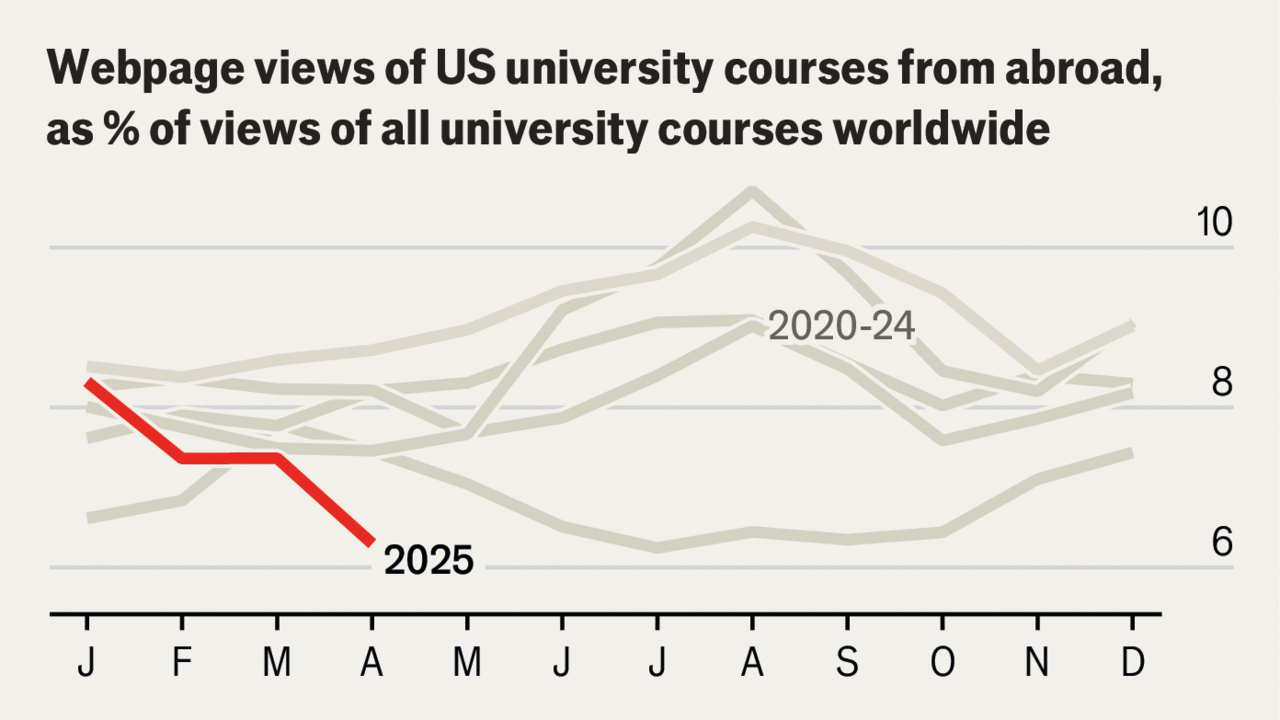Riyadh, Saudi Arabia.
Johnnygreig | E+ | Getty Images
Crashing oil prices triggered by waning demand, global trade war fears and growing crude supply could more than double Saudi Arabia’s budget deficit, a Goldman Sachs economist warned.
The bank’s outlook spotlighted the pressure on the kingdom to make changes to its mammoth spending plans and fiscal measures.
“The deficits on the fiscal side that we’re likely to see in the GCC [Gulf Cooperation Council] countries, especially big countries like Saudi Arabia, are going to be pretty significant,” Farouk Soussa, Middle East and North Africa economist at Goldman Sachs, told CNBC’s Access Middle East on Wednesday.
Spending by the kingdom has ballooned due to Vision 2030, a sweeping campaign to transform the Saudi economy and diversify its revenue streams away from hydrocarbons. A centerpiece of the project is Neom, an as-yet sparsely populated mega-region in the desert roughly the size of Massachusetts.
Plans for Neom include hyper-futuristic developments that altogether have been estimated to cost as much as $1.5 trillion. The kingdom is also hosting the 2034 World Cup and the 2030 World Expo, both infamously costly endeavors.
Digital render of NEOM’s The Line project in Saudi Arabia
The Line, NEOM
Saudi Arabia needs oil at more than $90 a barrel to balance its budget, the International Monetary Fund estimates. Goldman Sachs this week lowered its year-end 2025 oil price forecast to $62 a barrel for Brent crude, down from a previous forecast of $69 — a figure that the bank’s economists say could more than double Saudi Arabia’s 2024 budget deficit of $30.8 billion.
“In Saudi Arabia, we estimate that we’re probably going to see the deficit go up from around $30 to $35 billion to around $70 to $75 billion, if oil prices stayed around $62 this year,” Soussa said.
“That means more borrowing, probably means more cutbacks on expenditure, it probably means more selling of assets, all of the above, and this is going to have an impact both on domestic financial conditions and potentially even international.”
Financing that level of deficit in international markets “is going to be challenging” given the shakiness of international markets right now, he added, and likely means Riyadh will need to look at other options to bridge their funding gap.
The kingdom still has significant headroom to borrow; their debt-to-GDP ratio as of December 2024 is just under 30%. In comparison, the U.S. and France’s debt-to-GDP ratios of 124% and 110.6%, respectively. But $75 billion in debt issuance would be difficult for the market to absorb, Soussa noted.
“That debt to GDP ratio, while comforting, doesn’t mean that the Saudis can issue as much debt as they like … they do have to look at other remedies,” he said, adding that those remedies include cutting back on capital expenditure, raising taxes, or selling more of their domestic assets — like state-owned companies Saudi Aramco and Sabic. Several Neom projects may end up on the chopping block, regional economists predict.
Saudi Arabia has an A/A-1 credit rating with a positive outlook from S&P Global Ratings and an A+ rating with a stable outlook from Fitch. That combined with high foreign currency reserves — $410.2 billion as of January, according to CEIC data — puts the kingdom in a comfortable place to manage a deficit.
The kingdom has also rolled out a series of reforms to boost and de-risk foreign investment and diversify revenue streams, which S&P Global said in September “will continue to improve Saudi Arabia’s economic resilience and wealth.”
“So the Saudis have lots of options, the mix of all of these is very difficult to pre-judge, but certainly we’re not looking at some sort of crisis,” Soussa said. “It’s just a question of which options they go for in order to deal with the challenges that they’re facing.”
Global benchmark Brent crude was trading at $63.58 per barrel on Thursday at 9:30 a.m. in London, down roughly 14% year-to-date.

 Accounting7 days ago
Accounting7 days ago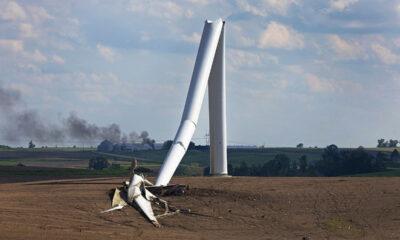
 Economics1 week ago
Economics1 week ago
 Personal Finance1 week ago
Personal Finance1 week ago
 Accounting7 days ago
Accounting7 days ago
 Finance6 days ago
Finance6 days ago
 Economics1 week ago
Economics1 week ago
 Economics1 week ago
Economics1 week ago
 Economics1 week ago
Economics1 week ago


